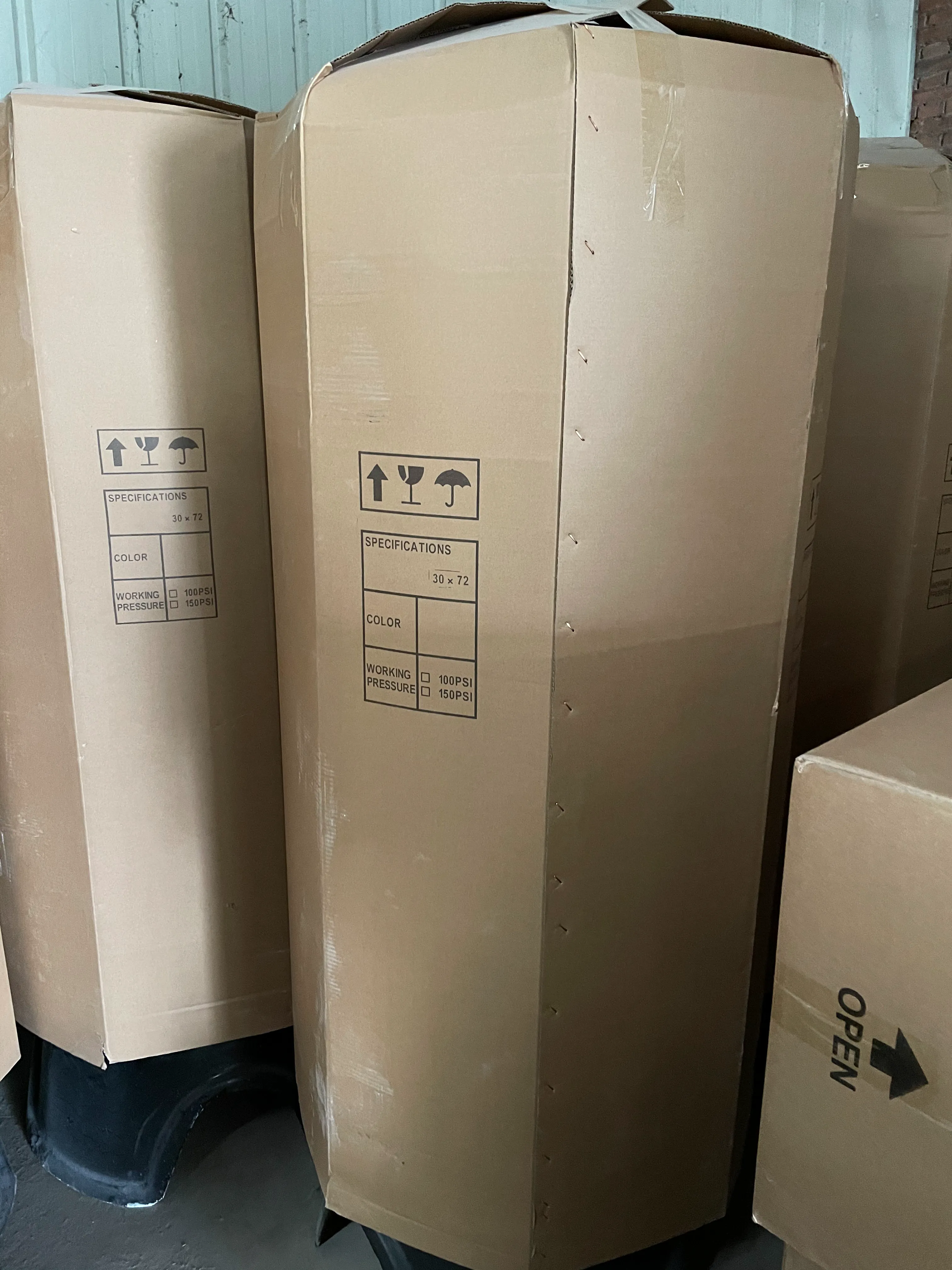loading...
- No. 9, Xingyuan South Street, Dongwaihuan Road, Zaoqiang County, Hengshui, Hebei, China
- admin@zjcomposites.com
- +86 15097380338
- Welcome to visit our website!
fiberglass stair
The Advantages and Applications of Fiberglass Stairs
In recent years, fiberglass has emerged as a popular material in the construction and design of various structures, including stairs. Fiberglass stairs offer a range of benefits that make them an appealing option for both residential and commercial applications. This article explores the advantages of fiberglass stairs, their diverse uses, and their contribution to safety and sustainability.
One of the most significant advantages of fiberglass stairs is their durability. Unlike traditional materials such as wood or metal, fiberglass is resistant to corrosion, rust, and rotting. This makes fiberglass an excellent choice for environments that are exposed to harsh weather conditions, such as coastal areas where saltwater can damage traditional materials. Additionally, fiberglass stairs can withstand heavy foot traffic, making them suitable for commercial spaces, industrial sites, and public buildings.
Another important characteristic of fiberglass is its lightweight nature. Fiberglass stairs can be easily fabricated and transported, leading to lower installation costs and reduced labor time. The light weight coupled with strength means that fiberglass stairs can be designed with sleek and innovative forms that would be challenging to achieve with other materials. This flexibility in design allows architects and builders to create aesthetic and functional stairways tailored to specific environments.
Fiberglass stairs are also remarkably low maintenance. Unlike wooden stairs that may require regular staining or sealing, fiberglass surfaces can typically be cleaned effortlessly and do not have the same wear and tear associated with their wooden counterparts. A simple wash with soap and water is usually sufficient to keep them looking new. This low maintenance requirement not only saves time but also reduces the long-term costs associated with upkeep.
fiberglass stair

Safety is a paramount consideration in any construction project, and fiberglass stairs excel in this area as well. Many fiberglass stair designs incorporate slip-resistant surfaces, making them safer for use in areas where spills or wet conditions are common. Furthermore, fiberglass can be made in a variety of colors and finishes, allowing for increased visibility in dimly lit areas, which is crucial for preventing accidents.
Beyond their practical advantages, fiberglass stairs are also a sustainable option. Fiberglass materials are often made from recycled resources, and the manufacturing process can have a lower environmental impact compared to other building materials. Additionally, fiberglass is non-conductive, meaning it does not retain heat or cold in the same way metals do, contributing to energy efficiency in buildings where they are installed.
Fiberglass stairs are also versatile in their applications. They are commonly used in industrial facilities, marine environments, and outdoor settings where traditional materials may falter. Their resistance to chemicals makes them an excellent choice for laboratories and manufacturing plants. Moreover, they are gaining popularity in residential homes, particularly in modern designs that prioritize minimalist aesthetics combined with functional safety features.
In conclusion, fiberglass stairs represent a robust, versatile, and sustainable option for various architectural needs. Their durability, lightweight nature, low maintenance requirements, inherent safety features, and eco-friendliness make them an ideal choice for both residential and commercial applications. As the construction industry continues to evolve and embrace innovative materials, fiberglass stairs will likely play an increasingly prominent role in future design trends.
In summary, investing in fiberglass stairs means choosing a solution that meets the demands of contemporary architecture while providing longevity and safety. Their adaptability and performance make them a smart choice for anyone keen on blending practicality with modern aesthetics.
-
The Rise of FRP Profiles: Strong, Lightweight, and Built to LastNewsJul.14,2025
-
SMC Panel Tanks: A Modern Water Storage Solution for All EnvironmentsNewsJul.14,2025
-
GRP Grating: A Modern Solution for Safe and Durable Access SystemsNewsJul.14,2025
-
Galvanized Steel Water Tanks: Durable, Reliable, and Ready for UseNewsJul.14,2025
-
FRP Mini Mesh Grating: The Safer, Smarter Flooring SolutionNewsJul.14,2025
-
Exploring FRP Vessels: Durable Solutions for Modern Fluid HandlingNewsJul.14,2025
-
GRP Structures: The Future of Lightweight, High-Performance EngineeringNewsJun.20,2025
